Gyra DS
Sistema especializado para bancos de prueba inerciales. Mide potencia y torque en cualquier masa rotante, desde volantes de inercia hasta rodillos para vehículos de todo tipo.
Especificaciones y PreciosTecnología de hardware y software de adquisición de datos para bancos de prueba. Soluciones precisas para medición inercial y dinamométrica.
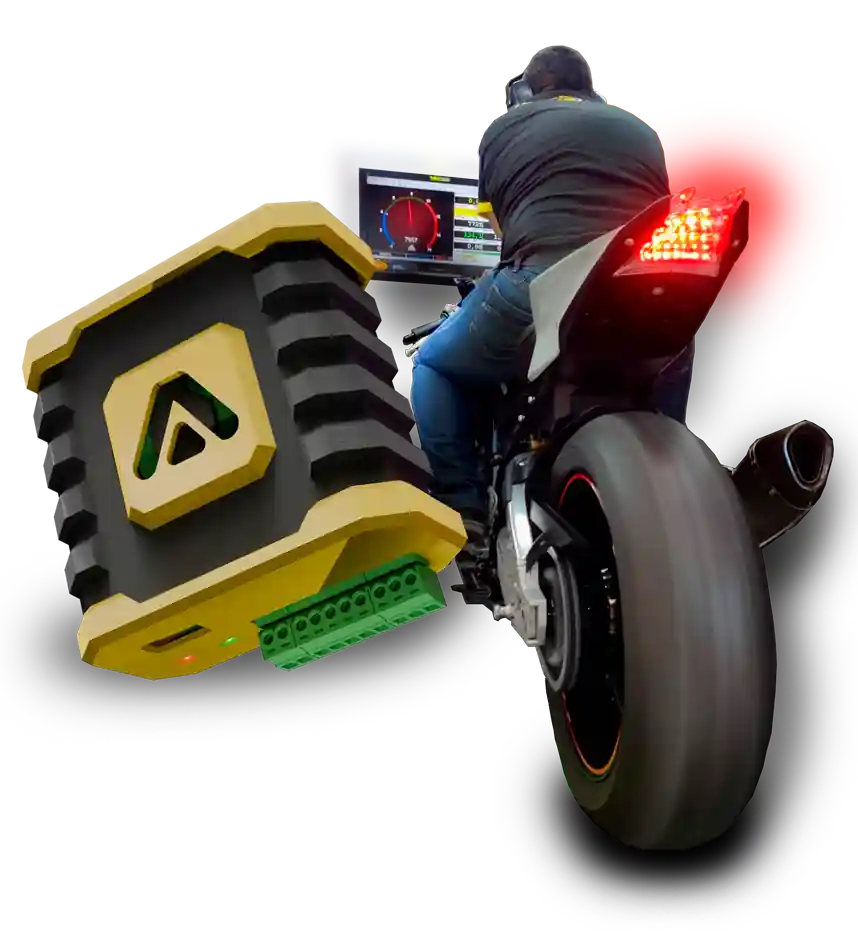
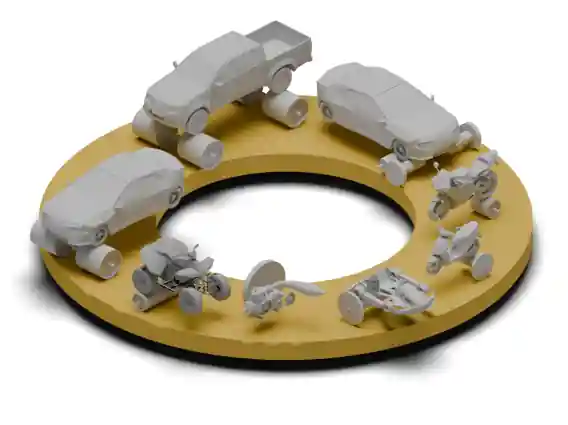
Sistema especializado para bancos de prueba inerciales. Mide potencia y torque en cualquier masa rotante, desde volantes de inercia hasta rodillos para vehículos de todo tipo.
Especificaciones y PreciosSistema completo para bancos con freno dinamométrico (hidráulico o Eddy). Incluye interfaz para celda de carga, control digital del freno y medición de RPM. Compatible con cualquier tipo de dinamómetro existente.
Especificaciones y Precios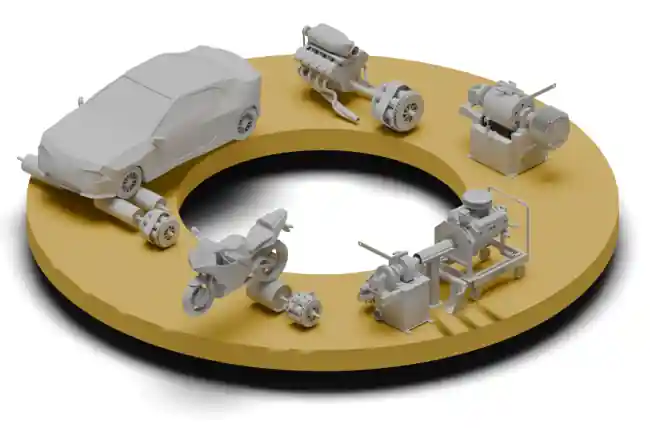
Sea cual sea tu banco de potencia - rodillos inerciales, dinamómetros hidráulicos o eddy current - tenemos la solución. Nos adaptamos a tu equipamiento existente.
Equipamiento profesional a un costo que hace posible que cada taller tenga su propio banco de pruebas.
Sin sorpresas ni costos ocultos. Incluimos todos los sensores necesarios y te acompañamos en la instalación para que empieces a medir desde el primer día.

Software liviano que funciona en cualquier PC. Visualización clara y personalizable para comparar resultados antes y después de cada modificación.
Atención directa y personalizada. Cuando nos necesitas, respondemos. Tu banco es parte vital de tu negocio y lo entendemos.
Más de 20 años en el mercado y miles de mediciones avalan nuestros equipos. Desde pequeños talleres hasta importantes equipos de automovilismo confían en Accudyno.
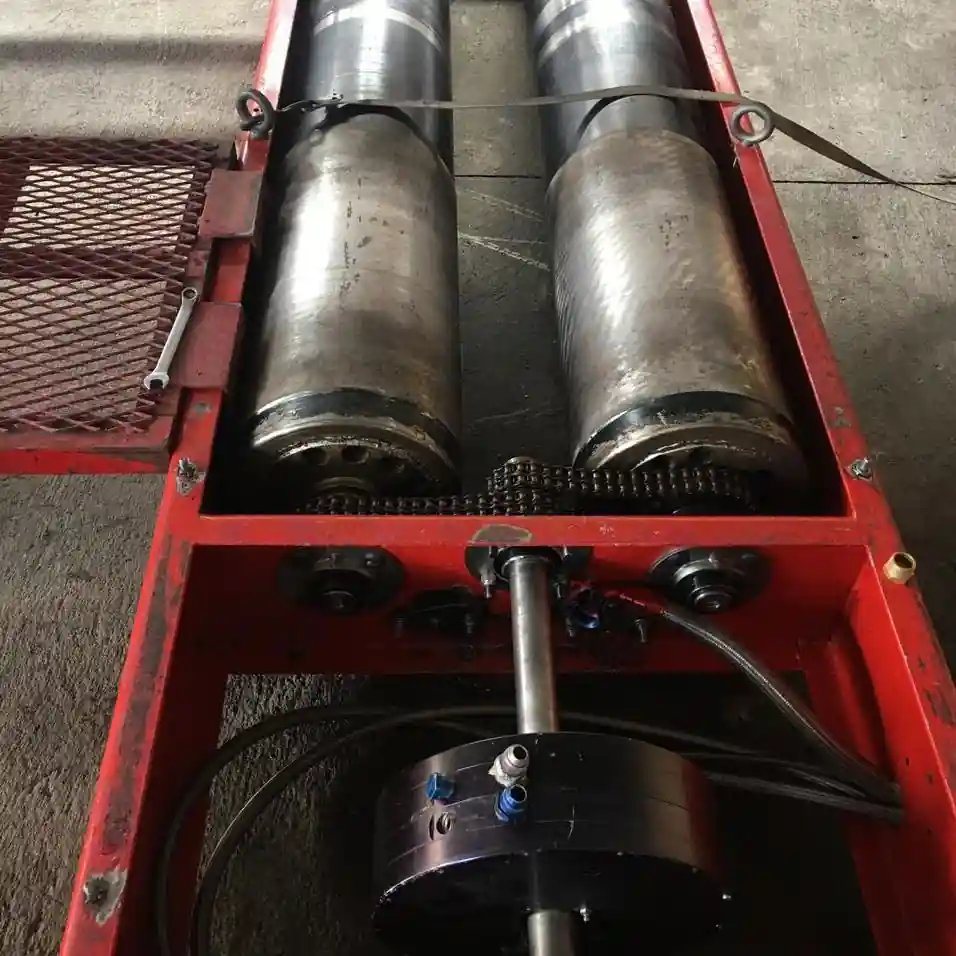
Recupera tu inversión con nuestra tecnología. Si tu banco de pruebas tiene la electrónica dañada o enfrentas costos excesivos en licencias de software, tenemos la solución. Nuestro sistema se adapta a la mecánica de cualquier dinamómetro existente, permitiéndote modernizar tu equipamiento a una fracción del costo. La instalación es sencilla y compatible con prácticamente todos los modelos del mercado.
Convierte tu experiencia mecánica en un negocio rentable. Si tienes acceso a tornería y capacidad de fabricación, podemos proporcionarte la tecnología de medición que transformará tus componentes mecánicos en un banco de potencia profesional. Te guiamos en cada paso del proceso, desde el cálculo hasta la calibración final.
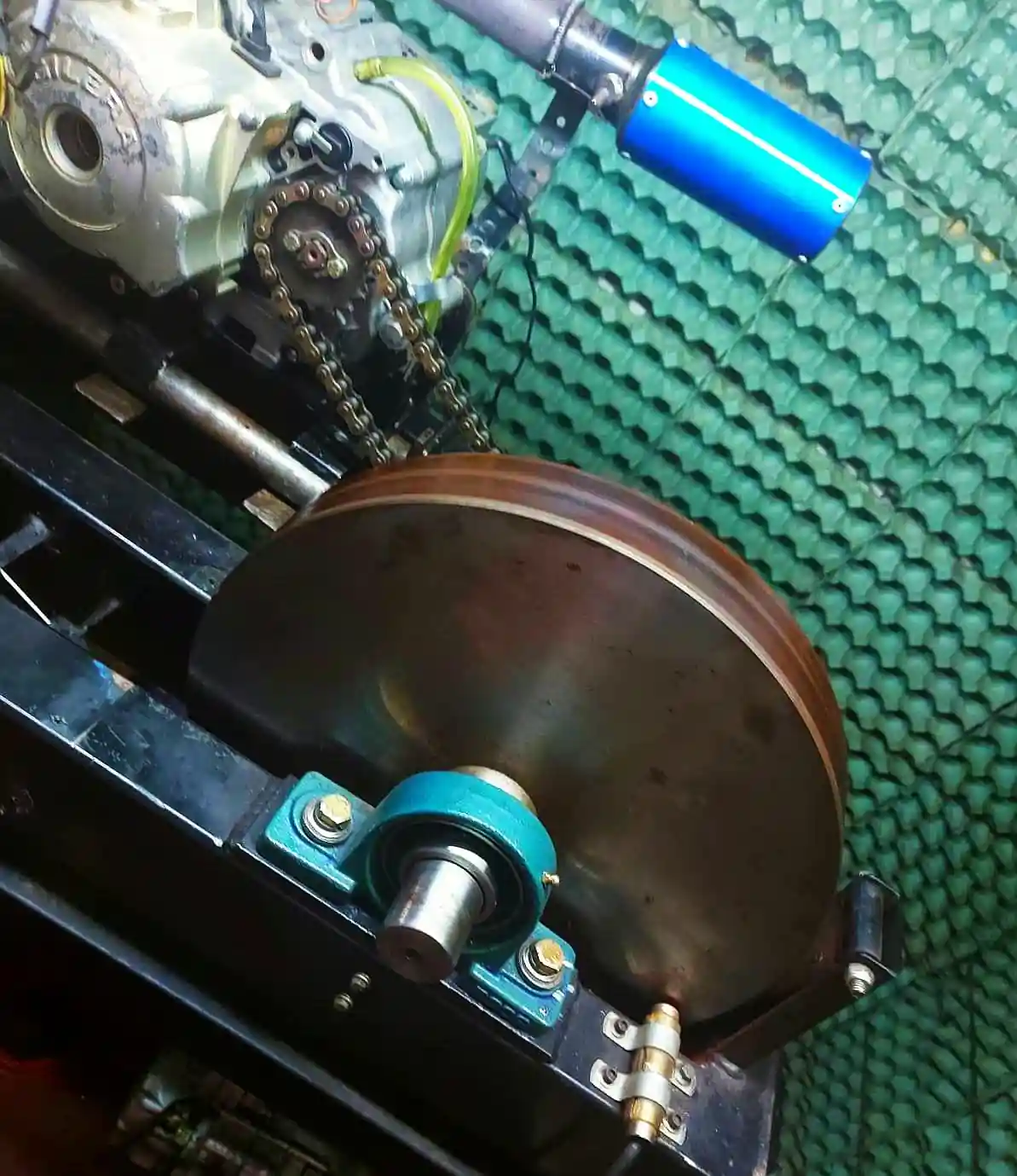
Hace más de 10 años que tengo el sistema de adquisición y es excelente. El servicio técnico muy atento y siempre con la solución.
Lo mejor en adquisición de datos para bancos de pruebas y asesoramiento exelente un genio Guido el mejor.
Excelente programa de adquisicion de datos y un soporte tecnico inmediato y de excelencia.
Desde la instalación hasta tu primera medición, estamos contigo en cada paso del proceso. Cuéntanos tu proyecto y te asesoramos sin compromiso.